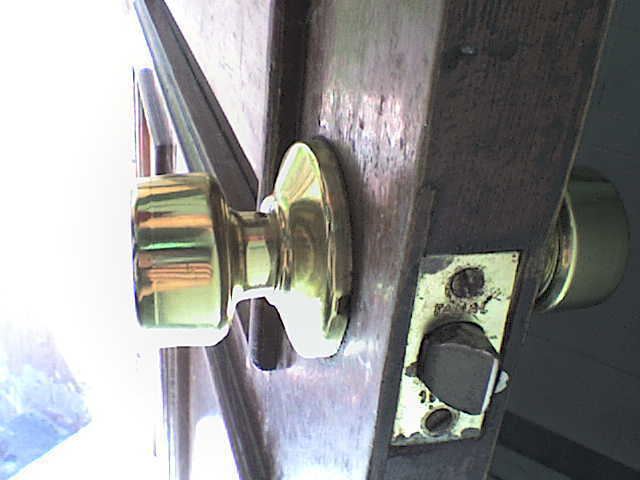 | ||
A bored cylindrical lock is one in which two holes are bored, perpendicular to one another, into the door. A large hole is bored into the door face and a smaller crossbore hole is bored into the door edge, as opposed to a mortise lock prep cut into the edge of the door. Typically, the face hole is sized from 1.5 inches to 2.125 inches (3.8 to 5.4 cm) and is centered at 2.375 inches or 2.75 inches (6.0 cm or 7.0 cm) from the leading edge of the door, this distance is referred to as the backset. Other, less popular, backsets are at 3.75 and 5 inches (9.5 and 12.7 cm). Residential doors are normally prepared for a 2.375 inch (6.0 cm) backset and commercial doors at a 2.75 inch (7 cm) backset.
Contents
History
The cylindrical lock was invented by Walter Schlage in 1909. The bored cylindrical lock arose from a need for a more cost-effective method of locking doors. The previous norm, the mortise lock, is a more complex device, and its higher manufacturing cost as well as its more labor-intensive installation make the bored cylindrical lock an ideal substitute, both in price and functionality.
Currently
The great majority of locks now in use on residences in North America are a variation of the cylindrical lock and are known as tubular chassis locks. Generally, they are not as strong as a cylindrical lock.
